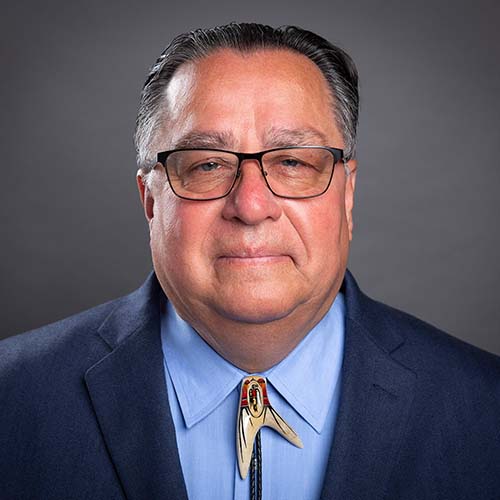
- Details
- By Native News Online Staff
Hundreds of participants and spectators are expected to gather Saturday, Nov. 8, for the Second Annual Native American Heritage Month Parade down Capitol Mall. The event begins at 10 a.m. and will conclude with cultural performances on the west steps of the California State Capitol.
Floats, horses, vehicles, walkers, performers, color guards, flags and marching bands will fill the streets in celebration of Native culture and history.
The parade is sponsored by California tribes and the California Native American Legislative Caucus.
SATURDAY, NOV. 8 PARADE INFORMATION
WHAT: Second Annual California Native American Parade in Sacramento during National Native American Heritage Month. At conclusion of parade, Native performers will provide an hour of cultural performers.
WHEN: Saturday, Nov. 8, from 10 a.m. to 3 p.m.
WHERE: Starts down Capitol Mall and ends at Capitol’s West Steps.
VISUALS: Floats, horses, vehicles, walkers, performers, color guards, flags and marching bands.
WHO: Assemblymember James C. Ramos, chair, California Legislative Native American Caucus and members including Assemblymembers Patrick Ahrens, Mike Gipson, and Avelino Valencia.
Emcees: Chairwoman Sara Dutschke, Ione Band of Miwok Indians, and Vice Chairwoman Raquel Williams, Wilton Rancheria.
Tribal parade participants include (partial list): Shingle Springs, Wilton Rancheria, Berry Creek Rancheria, California Valley Miwok Tribe, North Fork Rancheria of Mono Indians of California, Cherokees of the Greater Central Valley; El Dorado Band of Miwok; Yuhaaviatam of San Manuel Nation; Cherokees of the West; El Dorado Band of Miwok and Cherokees of Northern Central Valley
Native American organizations and agencies include: Tejon Indian Tribe White Wolf Warriors Color Guard, Governor’s Office of Tribal Affairs; Department of Health Care Services, Office of Tribal Affairs; CSU Office of Tribal Relations; C&C Smog (Native-owned Yaqui Wilton Community member); Center for Indigenous Law & Justice at UC Berkeley Law; American Indian Cultural Center of San Francisco; American Indian Cultural Center of San Francisco; Native Sisters Circle; Single Springs Tribal Temporary Assistance for Needy Families; University of Redlands, Native Student Program; Native Dads Network, Inc.; California Consortium for Urban Indian Health; California; Sacramento Area American Indian Education; Education Training Research, Native Health and Wellness; California Native Vote Project and Indigenous Hip Hop Business Association.
Other individuals and organizations: California Highway Patrol; Sacramento Lowrider Commission; California Department of Veterans Affairs; Varitech Systems and California Natural Resources Agency.
Nontribal Performers include: UC Davis Marching Band and Grant High School Pacerettes.
More Stories Like This
Native News Weekly (August 25, 2024): D.C. BriefsUS Presidents in Their Own Words Concerning American Indians
Oral History Project Announces 14th Stop in Portland, Oregon: NABS Continues to Gather Crucial Stories Across Indian Country
Navajo Gaming to Honor Veterans with Ceremony at Twin Arrows Casino Resort
Help us tell the stories that could save Native languages and food traditions
At a critical moment for Indian Country, Native News Online is embarking on our most ambitious reporting project yet: "Cultivating Culture," a three-year investigation into two forces shaping Native community survival—food sovereignty and language revitalization.
The devastating impact of COVID-19 accelerated the loss of Native elders and with them, irreplaceable cultural knowledge. Yet across tribal communities, innovative leaders are fighting back, reclaiming traditional food systems and breathing new life into Native languages. These aren't just cultural preservation efforts—they're powerful pathways to community health, healing, and resilience.
Our dedicated reporting team will spend three years documenting these stories through on-the-ground reporting in 18 tribal communities, producing over 200 in-depth stories, 18 podcast episodes, and multimedia content that amplifies Indigenous voices. We'll show policymakers, funders, and allies how cultural restoration directly impacts physical and mental wellness while celebrating successful models of sovereignty and self-determination.
This isn't corporate media parachuting into Indian Country for a quick story. This is sustained, relationship-based journalism by Native reporters who understand these communities. It's "Warrior Journalism"—fearless reporting that serves the 5.5 million readers who depend on us for news that mainstream media often ignores.
We need your help right now. While we've secured partial funding, we're still $450,000 short of our three-year budget. Our immediate goal is $25,000 this month to keep this critical work moving forward—funding reporter salaries, travel to remote communities, photography, and the deep reporting these stories deserve.
Every dollar directly supports Indigenous journalists telling Indigenous stories. Whether it's $5 or $50, your contribution ensures these vital narratives of resilience, innovation, and hope don't disappear into silence.
 The stakes couldn't be higher. Native languages are being lost at an alarming rate. Food insecurity plagues many tribal communities. But solutions are emerging, and these stories need to be told.
The stakes couldn't be higher. Native languages are being lost at an alarming rate. Food insecurity plagues many tribal communities. But solutions are emerging, and these stories need to be told.
Support independent Native journalism. Fund the stories that matter.
Levi Rickert (Potawatomi), Editor & Publisher

